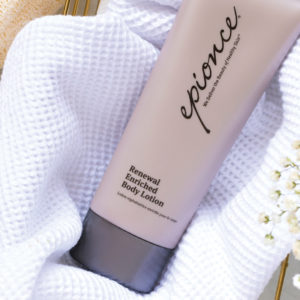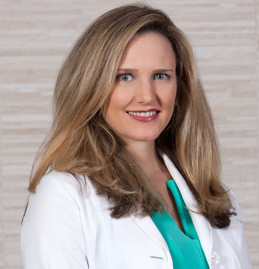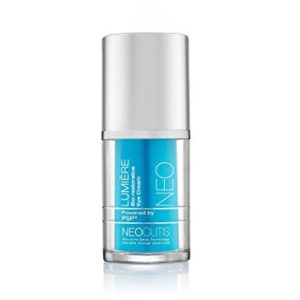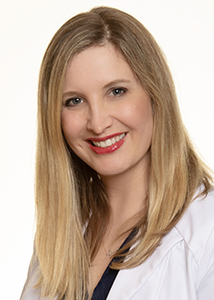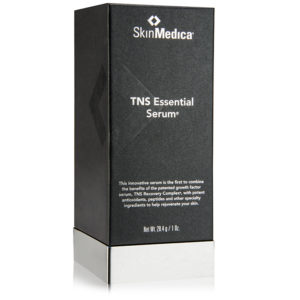People often ask us about injectables–how they work, IF they work and how they are administered. So Pariser Dermatology’s Dr. Cyndi Torosky got together with willing patient and Pariser Dermatology’s Front Desk Manager, Lauren Ball, to make this video showing the actual process of getting a lip injection of filler. You might be surprised to see how simple the process really is!
Click here learn more about injectables in general.





